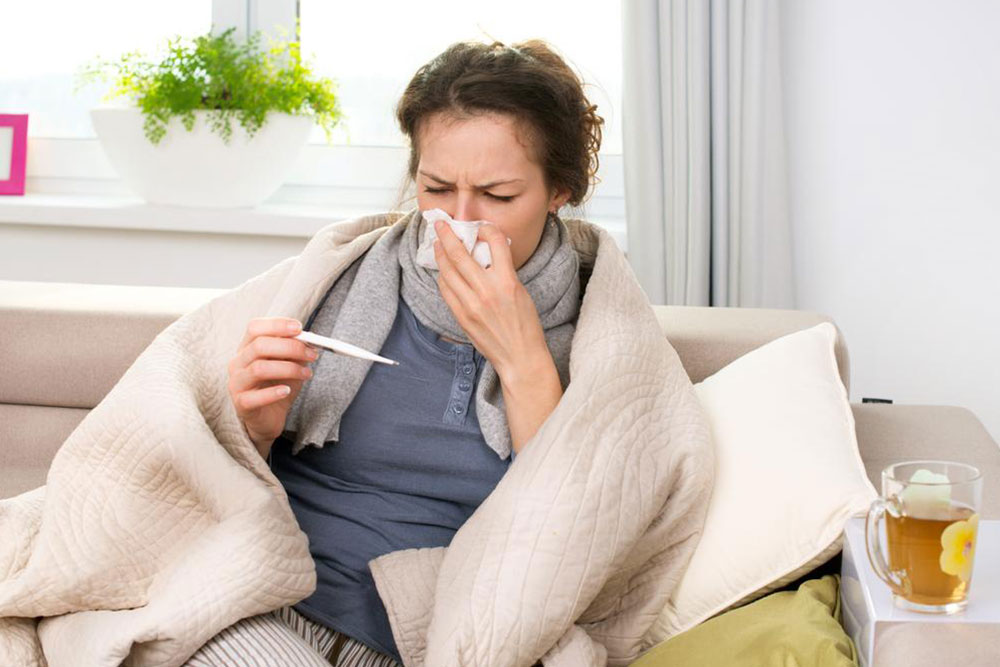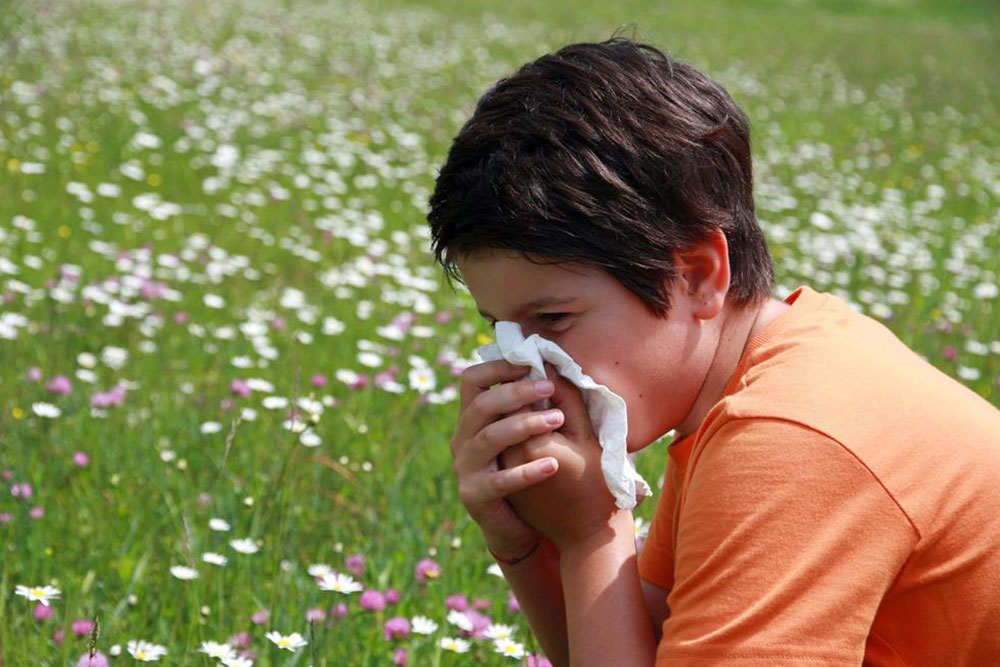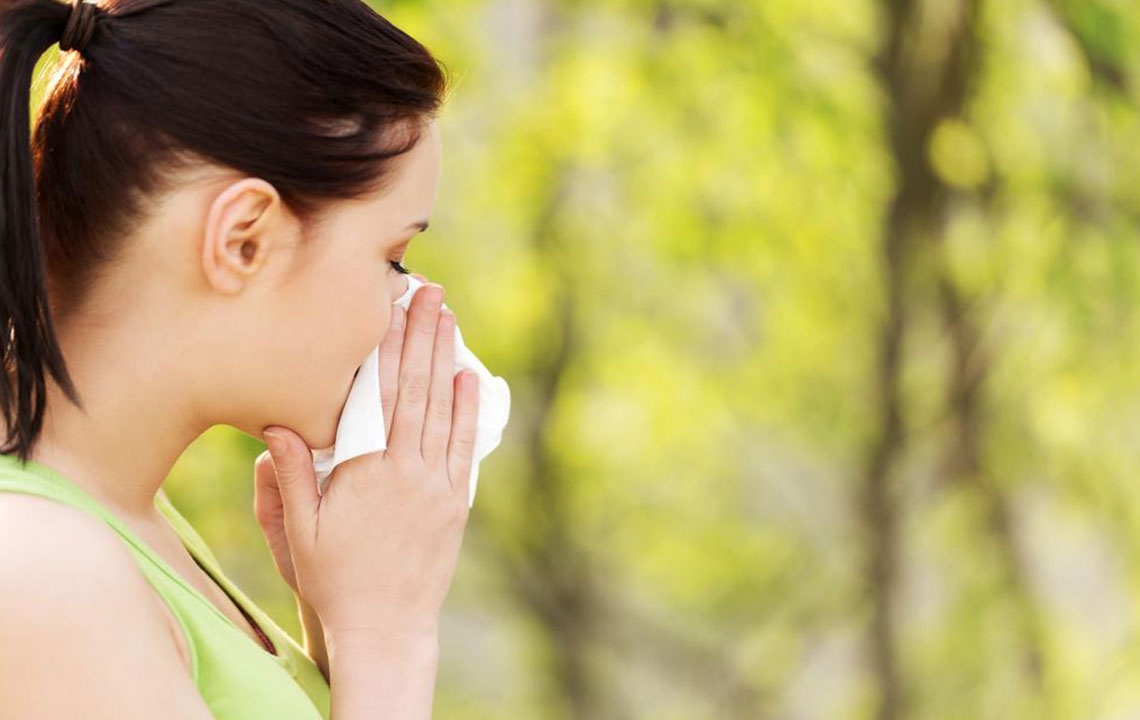Comprehensive Guide to Different Types of Allergies and Their Warning Signs
This comprehensive guide explores different types of allergies, their symptoms, and effective management strategies. Recognizing early warning signs, understanding triggers like food, dust, skin contact, insect stings, and medications, and seeking professional treatment are crucial. Preventive tips and immunotherapy options are also discussed to help allergy sufferers improve their quality of life and avoid severe reactions. An essential resource for anyone seeking to better understand and manage allergies effectively.

Allergies pose a significant health concern worldwide, affecting millions of individuals across various age groups. Understanding the different types of allergies and recognizing their early signs are crucial steps toward managing and preventing allergic reactions effectively. Allergic responses can vary from mild nuisances, such as sneezing and itching, to severe, life-threatening conditions like anaphylaxis. Therefore, early detection and appropriate intervention are vital in minimizing health risks and improving quality of life.
At the core of allergic reactions is an overactive immune system that mistakenly identifies harmless environmental substances as threats. When exposure occurs, the immune system activates immune cells such as mast cells and basophils, releasing chemicals like histamine that cause allergy symptoms. Grasping the mechanisms behind these reactions helps in understanding how allergies manifest and informs strategies for prevention and treatment.
Common Types of Allergies and Their Symptoms
Allergies can be categorized based on the allergen involved and the affected body system. Recognizing the specific signs associated with each type is essential for prompt diagnosis and management.
Food Allergies
Food allergies are among the most prevalent and can develop at any age. They occur when the immune system reacts adversely to proteins found in certain foods, such as seafood, eggs, nuts, milk, and wheat. Symptoms of food allergies can range from mild to severe and may include:
Stomach cramps, nausea, or vomiting
Swelling of lips, tongue, or throat
Difficulty swallowing or breathing
Hives or skin rash
Anaphylaxis, a rapid and potentially fatal systemic reaction requiring immediate medical attention
Individuals with food allergies should always carry emergency medication such as epinephrine auto-injectors and avoid known allergens diligently. Cooking processes and cross-contamination can sometimes complicate food allergy management, making careful reading of product labels and communication with food services essential.
Dust and Pollen Allergies
Indoor and outdoor allergens like dust mites, pollen, pet dander, and mold spores often trigger allergic reactions, particularly in sensitized individuals. Symptoms include:
Frequent sneezing
Runny or congested nose
Itchy, watery eyes
Sneezing fits, especially during certain seasons or after cleaning
Wheezing or coughing, especially in those with asthma
Managing dust and pollen allergies involves environmental controls such as using air purifiers, regular cleaning, reducing indoor humidity, and minimizing exposure during high pollen seasons. Antihistamines and nasal sprays are common medications to alleviate symptoms.
Skin Allergies
Skin allergies result from contact with irritants like metals (nickel), fragrances, certain plants (poison ivy), or chemicals in cosmetics. Symptoms are predominantly skin-related and include:
Rashes and redness
Itching or burning sensation
Swelling and blistering in severe cases
Maintaining good personal hygiene, avoiding known irritants, and using hypoallergenic products can prevent skin allergic reactions. Topical treatments and antihistamines are often prescribed for relief.
Insect Sting Allergies
Insects like bees, wasps, hornets, and ants can cause allergic reactions through their stings or bites. Symptoms may include:
Pain and swelling at the sting site
Hives and redness
Difficulty breathing or swelling of the throat in severe cases
Anaphylaxis, which requires immediate emergency care
Individuals with known insect sting allergies are advised to carry epinephrine auto-injectors and avoid provoking insects whenever possible. Wearing protective clothing during outdoor activities can also reduce the risk of stings.
Drug (Medicine) Allergies
Some people develop allergic reactions to specific medications, including antibiotics, pain relievers, or other prescription drugs. Symptoms can include:
Skin rashes or hives
Fever
Swelling of the face, lips, or tongue
Breathing difficulties or wheezing
It is vital to inform healthcare providers about known drug allergies to avoid adverse reactions. In cases where medication allergies are suspected, allergy testing and alternative treatment options should be discussed with a specialist.
Early Detection and Management of Allergies
Recognizing allergy signs early can prevent severe health issues and improve response outcomes. Consulting allergy specialists or allergists enables comprehensive testing, personalized treatment plans, and guidance on avoiding triggers. Lifestyle adjustments, medications, and immunotherapy can significantly reduce symptom severity and frequency.
Immunotherapy, which involves gradually exposing the immune system to allergen components, has shown effectiveness in desensitizing patients and reducing the severity of allergic responses, especially for environmental allergens like pollen and dust mites.
Practical Tips for Allergy Prevention
Identify and avoid known allergens whenever possible.
Maintain a clean indoor environment using HEPA filters and frequent dusting.
Use protective gear during outdoor activities to minimize insect bites and contact with allergens.
Read ingredient labels carefully on food and medication products.
Consult healthcare professionals for allergy testing and emergency preparedness.
Conclusion
Understanding the various types of allergies and their characteristic symptoms is vital for effective management. Early recognition leads to timely treatment choices, reducing the risk of dangerous reactions. Working closely with healthcare providers, following preventive strategies, and staying informed about allergen exposures can dramatically improve the quality of life for allergy sufferers.





